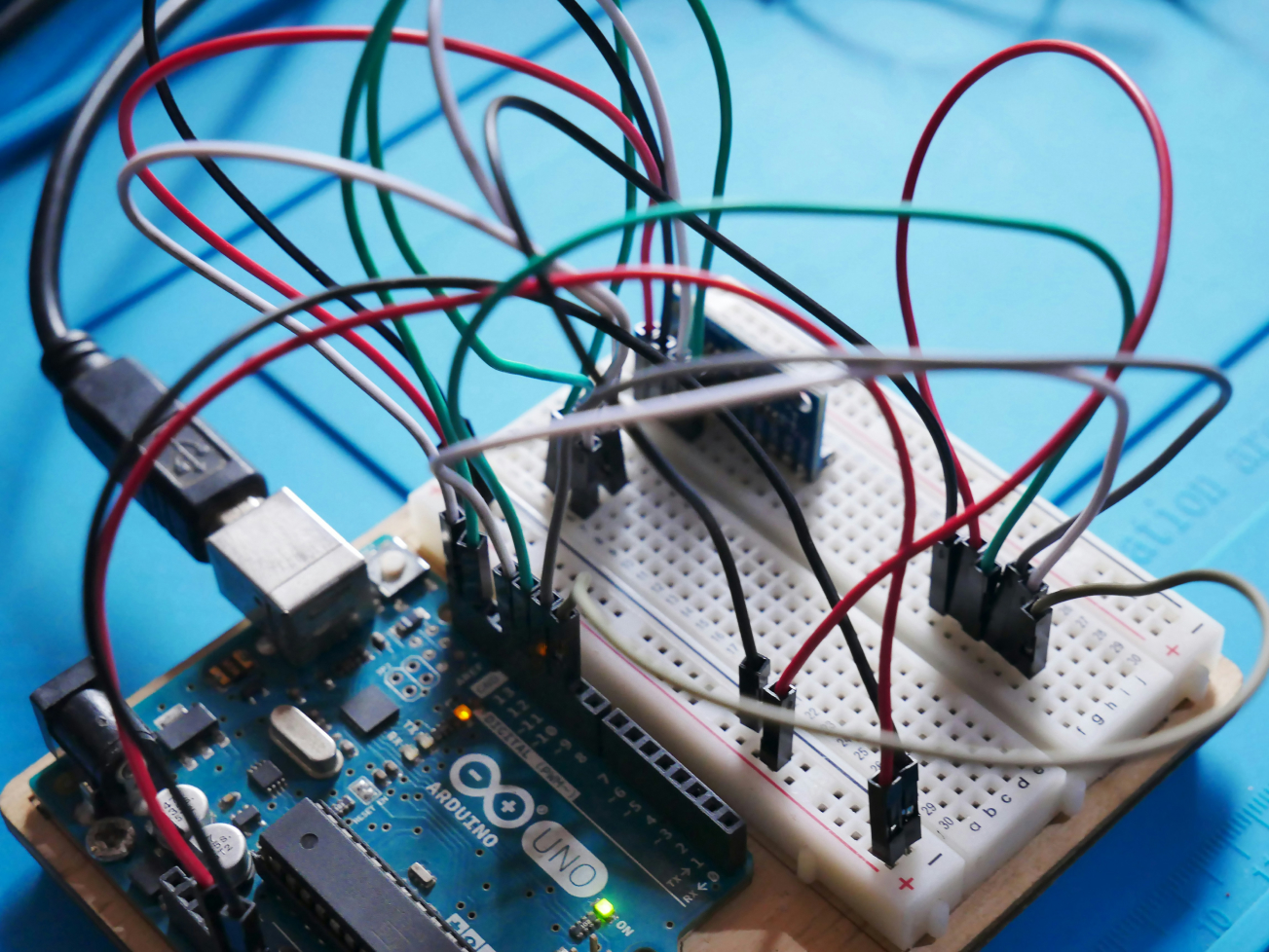
Quality control is a critical aspect of the PCBA process, ensuring that the final product meets the required standards and performs reliably in its intended application. Various standards and testing methods are employed to achieve this goal.
One of the key standards in the industry is the IPC-A-610, which provides guidelines for the acceptability of electronic assemblies. This standard covers various aspects, including soldering quality, component placement, and cleanliness, ensuring that assemblies meet the highest quality levels.
During the PCBA process, several testing methods are used to identify and address potential issues. Automated Optical Inspection (AOI) is a common technique that uses cameras to capture images of the PCB and compare them to a predefined standard. AOI can detect issues such as misaligned components, solder bridges, and missing parts.
X-ray inspection is another critical method, particularly useful for detecting hidden defects in solder joints and component placement that are not visible to the naked eye. This is especially important for components with ball grid arrays (BGAs), where solder joints are located underneath the component.
In-circuit testing (ICT) is used to check the electrical performance of the assembled PCB. ICT involves using probes to test various points on the board, verifying that each circuit functions as intended. This method can identify issues such as short circuits, open circuits, and component failures.
Functional testing is the final step in the quality control process, ensuring that the assembled PCB performs its intended function in a real-world scenario. This involves running the PCB through a series of tests that simulate its operational environment, checking for proper functionality and performance.
By adhering to industry standards and employing rigorous testing methods, manufacturers can ensure the production of high-quality PCBs that meet the required performance and reliability criteria.